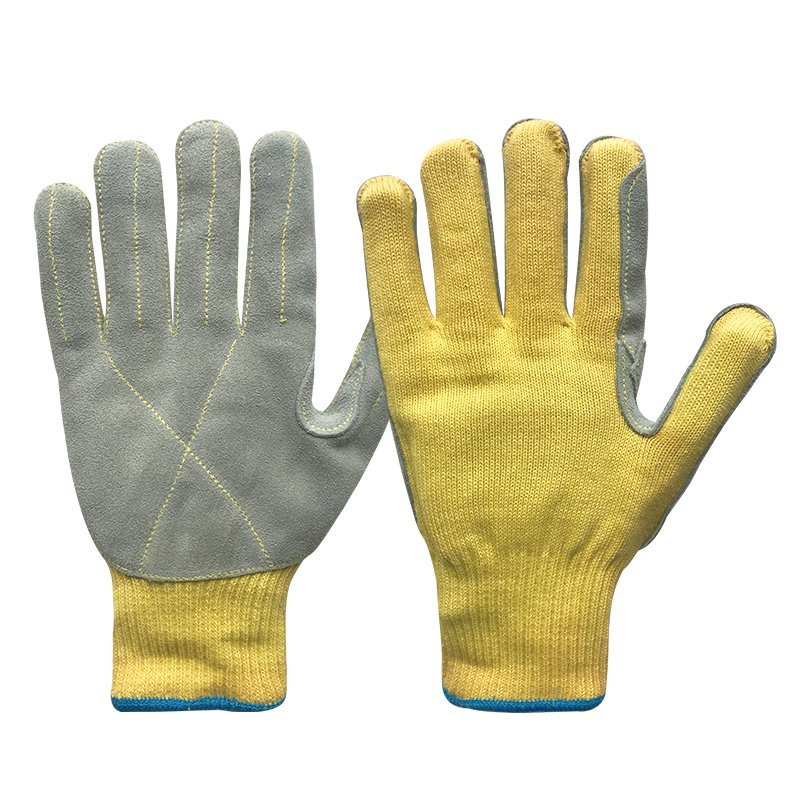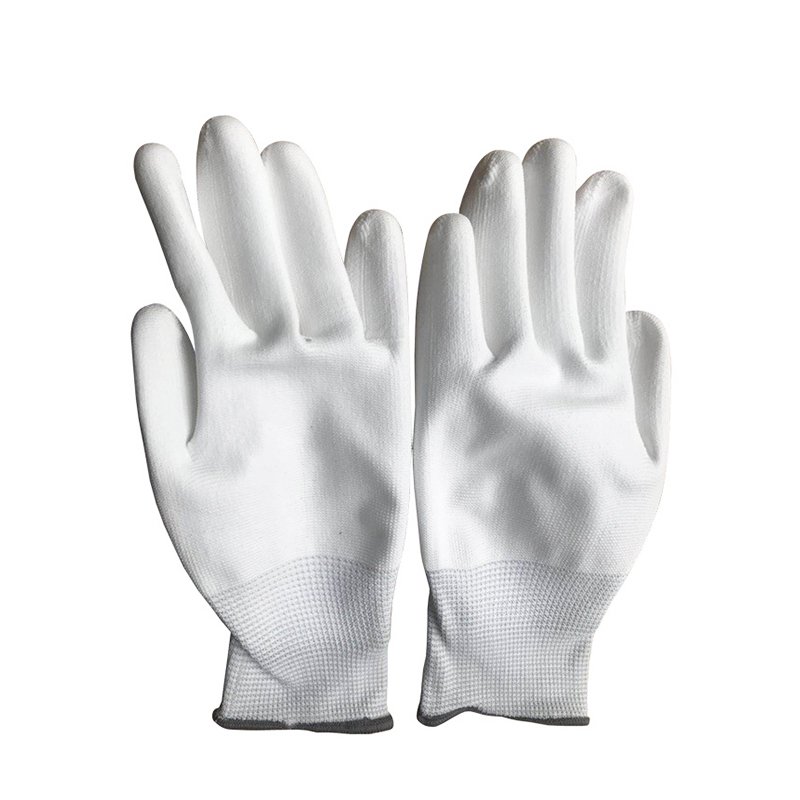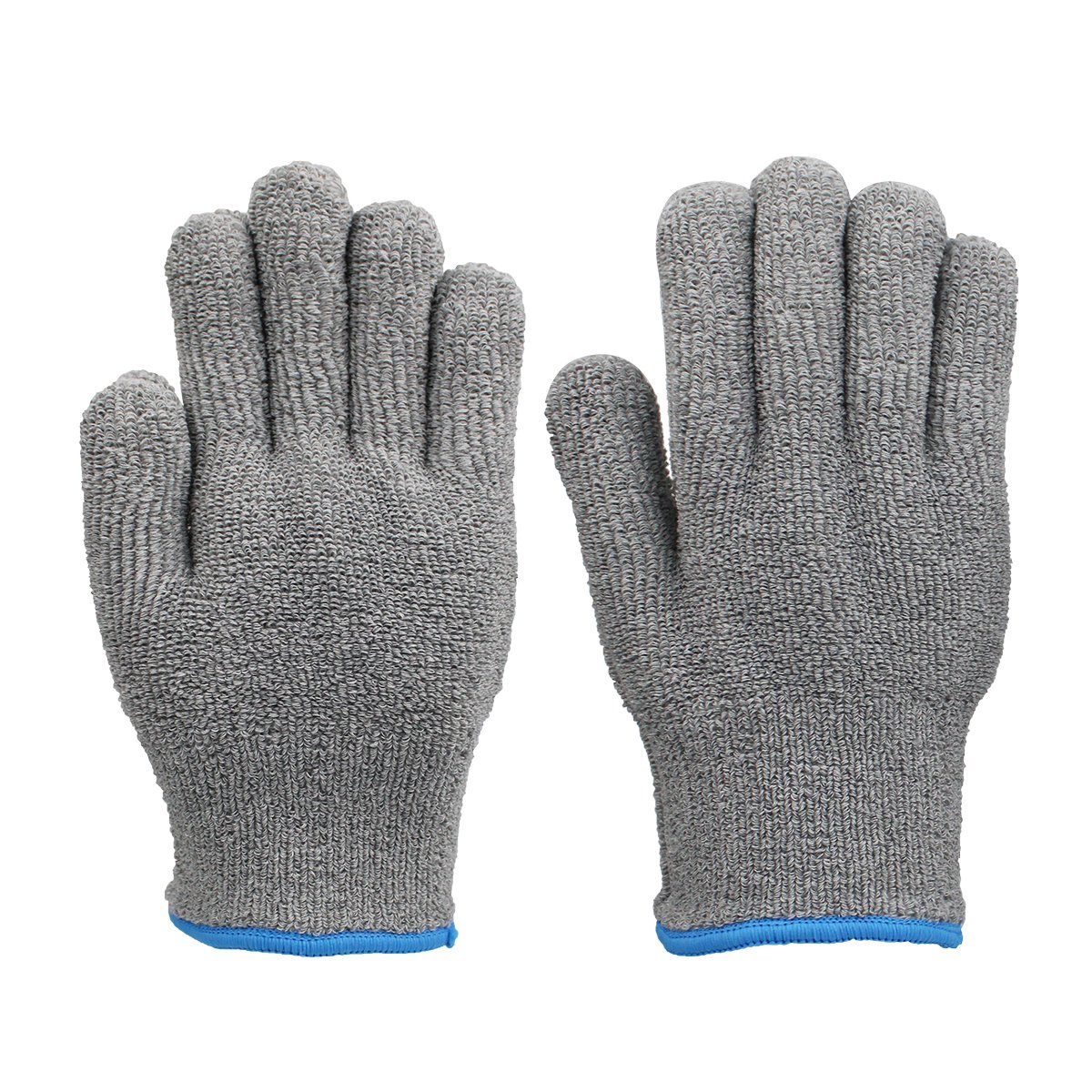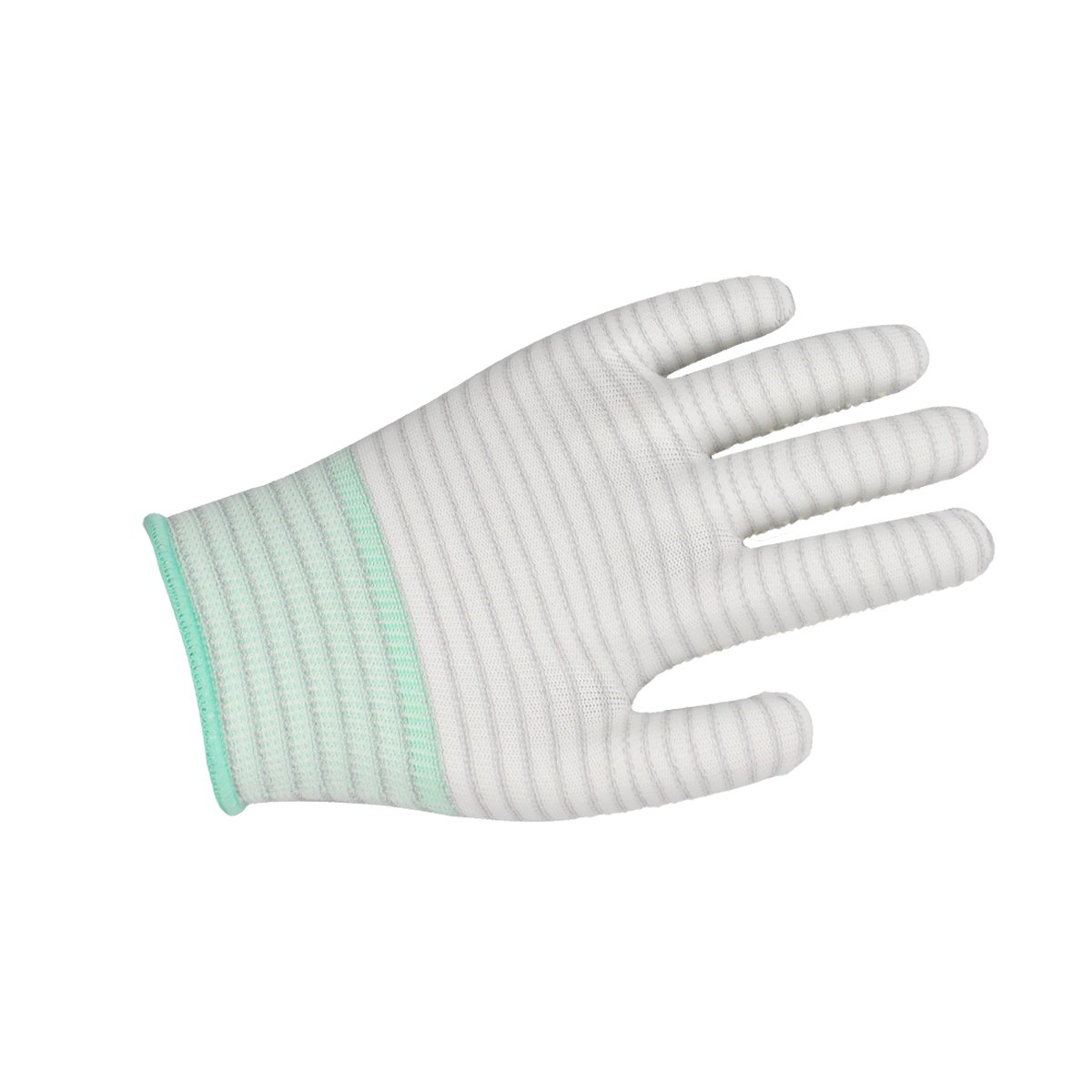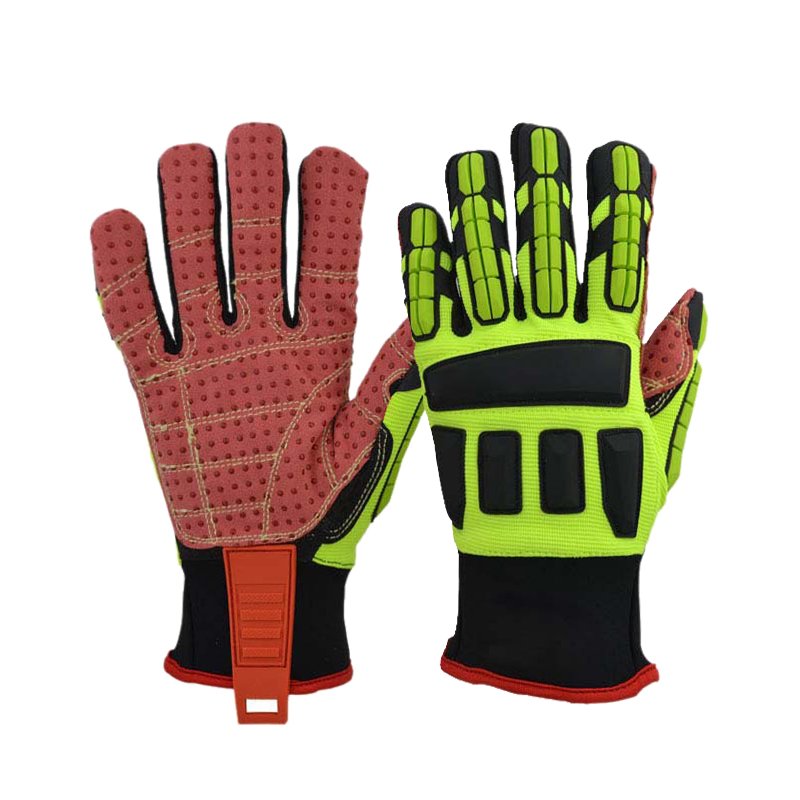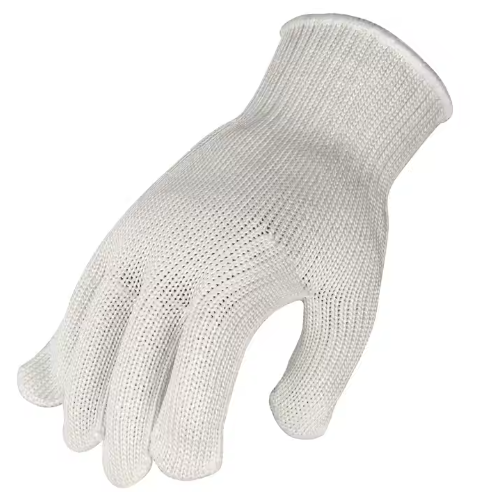Workplace injuries from sharp objects are common. Cut-resistant gloves help reduce risks, but not all gloves offer the same level of protection.
Cut-resistant gloves provide protection by using high-strength fibers. Their effectiveness depends on the material, thickness, and cut resistance rating.
Many industries require these gloves for safety. Understanding how they work can help in choosing the right type.
How effective are cut-resistant gloves?
Workers handling sharp tools need protection. Cut-resistant gloves reduce the chance of injuries.
These gloves are rated by standardized tests to determine their resistance levels. The right pair depends on the hazards involved.
Factors affecting effectiveness
| Factor | Impact on Protection |
|---|---|
| Material | Kevlar, Dyneema, metal mesh provide different levels of protection |
| Thickness | Thicker gloves offer more resistance but may reduce dexterity |
| Cut Level | Higher-rated gloves withstand greater force |
What is the highest cut-resistant glove?
Gloves with the highest cut resistance are rated at Level F (EN 388) or A9 (ANSI). These are used in extreme environments.
Maximum cut-resistant gloves are designed for industries dealing with heavy-duty cutting tools and machinery. They offer superior protection but may reduce flexibility.
Cut resistance levels
| Standard | Highest Rating | Used In |
|---|---|---|
| EN 388 | Level F | Glass, metal handling |
| ANSI | A9 | Heavy industrial work |
Who uses cut-resistant gloves?
Workers in construction, manufacturing, and food processing rely on cut-resistant gloves. They help prevent serious injuries.
Different jobs require different levels of protection. Selecting gloves based on specific tasks ensures both safety and comfort.
Common industries using cut-resistant gloves
| Industry | Common Risks | Recommended Glove Level |
|---|---|---|
| Construction | Sharp tools, metal edges | A4 – A6 |
| Food Processing | Knives, slicers | A3 – A5 |
| Manufacturing | Glass, sheet metal | A5 – A9 |
What is the EN standard for cut-resistant gloves?
The EN 388 standard measures protection against cuts, abrasions, and punctures. It helps users compare glove performance.
EN 388 ratings use letters and numbers to indicate resistance levels. Higher values mean better protection.
EN 388 testing criteria
| Test | Scale | Purpose |
|---|---|---|
| Abrasion | 1-4 | Durability against friction |
| Cut (Coup) | 1-5 | Resistance to continuous blade contact |
| Cut (TDM) | A-F | Protection from high-force cuts |
| Puncture | 1-4 | Resistance to sharp objects |
Does OSHA require cut-resistant gloves?
OSHA does not mandate cut-resistant gloves but requires employers to provide hand protection where hazards exist.
Employers must assess risks and choose gloves that meet workplace safety needs. OSHA’s guidelines ensure a safer working environment.
What are level 5 cut-resistant gloves?
Level 5 gloves offer high cut resistance and are widely used in industries where workers handle sharp tools.
These gloves balance protection and flexibility, making them suitable for various applications.
Conclusion
Cut-resistant gloves are essential for workplace safety. Choosing the right type ensures effective protection against injuries.

